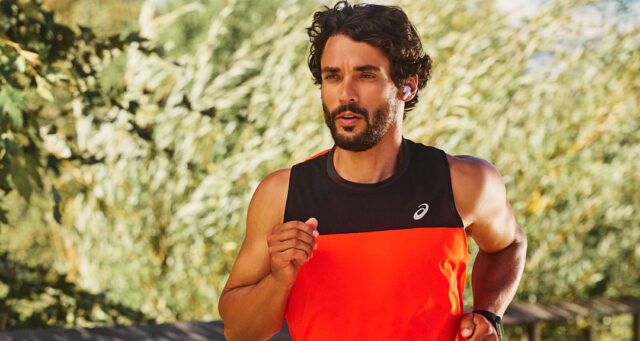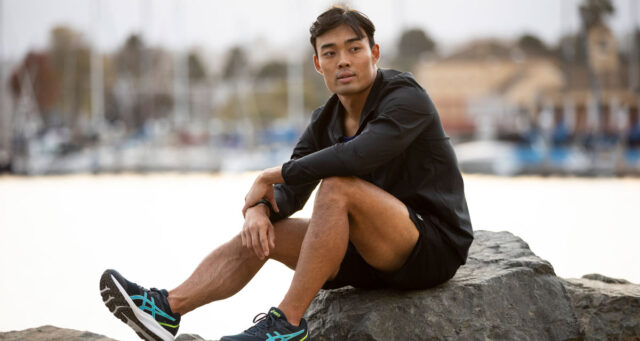If you’ve decided to run a destination marathon, chances are that most of your training will be on your home turf—where the terrain or climate might not look like what you’re in for on race day. If you’re aiming to hit a time goal (or want to suffer as little as possible during the race) it’s best to incorporate elements of challenging new terrain or climate during training.
I speak from experience. When I ran the Marathon in New York, I was living in the city and was able to train on much of the course. The Queensboro Bridge, which shows up around mile 15, is known to be one of the most difficult climbs of the race—and lasts for about a mile. I ran this bridge just about every day during training, and as a result, this and most of the other uphill climbs didn’t feel that difficult to me on race day. I actually ended up beating my loose time goal by about 21 minutes!
The following year, however, I moved back to my hometown of Houston, which is famously flat (a marathoner’s dream… training for a flat race course). I didn’t bother training on hills at all and was overly confident that my newfound speed would be enough to carry me to a new personal best. Long story short: I finished my second marathon 11 minutes slower than my first.
The takeaway: research the terrain you’ll be racing on and seek out training courses to practice on. Steep course? Try one hill workout a week. Partially off-road race? Find some trails. Flat road all the way? Well… lucky you!
Climate, on the other hand, can be more difficult to prepare for. Most people choose races that are known for favorable weather conditions, and bad weather is usually a curveball. The best way to prepare for this is to embrace the unexpected during training. Don’t skip your run just because it’s raining, hot, or humid (unless it’s extreme and unsafe). Be open to running on days when the weather isn’t your favorite—that way, a little unexpected weather on race day won’t derail your plans.
When it comes to race day, many factors will add up to affect your success and your overall experience. But training isn’t just about honing the things you can control—it’s about learning to get flexible in the face of things you can’t. Part of this is physical, and a lot of it is mental. But changing up your training to tackle the unpleasant stuff head-on will help you on race day—so you can head toward those hills (or rain clouds) with confidence.






